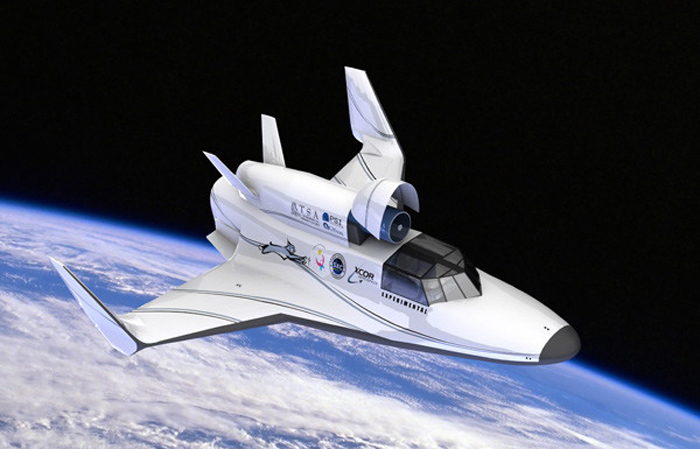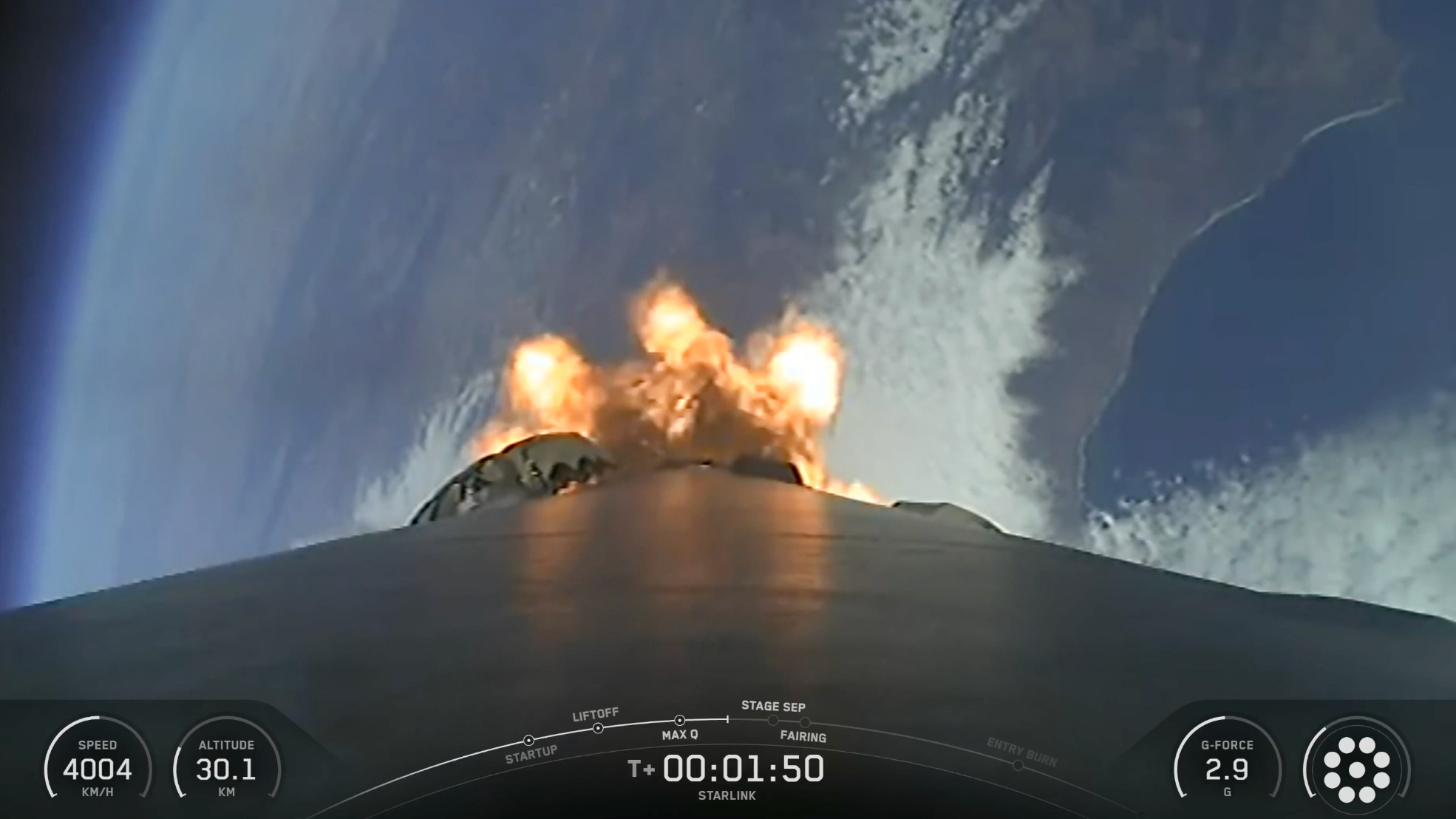
PALO ALTO, Calif. — Commercial human spaceflight will need to be much safer than the space shuttle for the industry to really take off, experts say.
NASA's venerable space shuttle program suffered two fatal accidents in its 30 years of orbital service — the 1986 Challenger tragedy and the 2003 destruction of Columbia, both of which killed all seven astronauts on board.
The space shuttle fleet blasted off a total of 135 times before its retirement in 2011, giving the iconic vehicle a fatal-accident rate of about 1.5 percent. Private spaceflight companies will have to do considerably better than that if they hope to build a viable industry, observers say.
"It's going to have to be at least perceived as being relatively safe," George Nield, associate administrator for commercial space transportation at the U.S. Federal Aviation Administration, said here earlier this month during a space-entrepreneurship forum organized by Stanford University's Institute for Economic Policy Research. [Space Travel: Danger at Every Phase (Infographic)]
What 'safe' means for spaceflight
While the industry should do its best to prevent accidents, "safe" does not mean no mishaps at all, Nield said, as that's an impossible standard to meet. Planes crash occasionally, after all, but many millions of people still travel regularly by air.
Indeed, the private spaceflight industry should look for inspiration to commercial aviation, which averages about one fatal accident per 1 million operations, he added.
Breaking space news, the latest updates on rocket launches, skywatching events and more!
"Will we ever get that kind of safety record for space? I don't know," Nield said. "It's hard. Our difficult environment, more expensive — there's a lot of reasons why we might not be able to get quite that good. But it's a good target to shoot for."
Preparing for the inevitable
Commercial spaceflight companies need to prepare themselves, their customers and the nation for the inevitability of accidents, however rare they turn out to be, Nield and others said.
It's particularly important for Congress to be informed, to minimize the chances that a mishap inspires a wave of reactionary and potentially industry-crushing regulation.

"You start telling legislators now — it's not a matter of if, it's a matter of when," said Andrew Nelson, chief operating officer of XCOR Aerospace, which is selling seats on its suborbital Lynx spacecraft for $95,000 each.
Nield agreed, stressing the need for all the players in the emerging industry to work together on this subject, sensitive though it may be.
"We shouldn't pretend that this is going to be free of risk," Nield said. "We need to work together as a community — industry, government — and help the public, the media and our leaders in Congress and the administration to understand the risks involved and the benefits. That is probably the most important thing we can do."
Follow SPACE.com senior writer Mike Wall on Twitter @michaeldwall or SPACE.com @Spacedotcom. We're also on Facebook and Google+.
Join our Space Forums to keep talking space on the latest missions, night sky and more! And if you have a news tip, correction or comment, let us know at: community@space.com.

Michael Wall is a Senior Space Writer with Space.com and joined the team in 2010. He primarily covers exoplanets, spaceflight and military space, but has been known to dabble in the space art beat. His book about the search for alien life, "Out There," was published on Nov. 13, 2018. Before becoming a science writer, Michael worked as a herpetologist and wildlife biologist. He has a Ph.D. in evolutionary biology from the University of Sydney, Australia, a bachelor's degree from the University of Arizona, and a graduate certificate in science writing from the University of California, Santa Cruz. To find out what his latest project is, you can follow Michael on Twitter.
